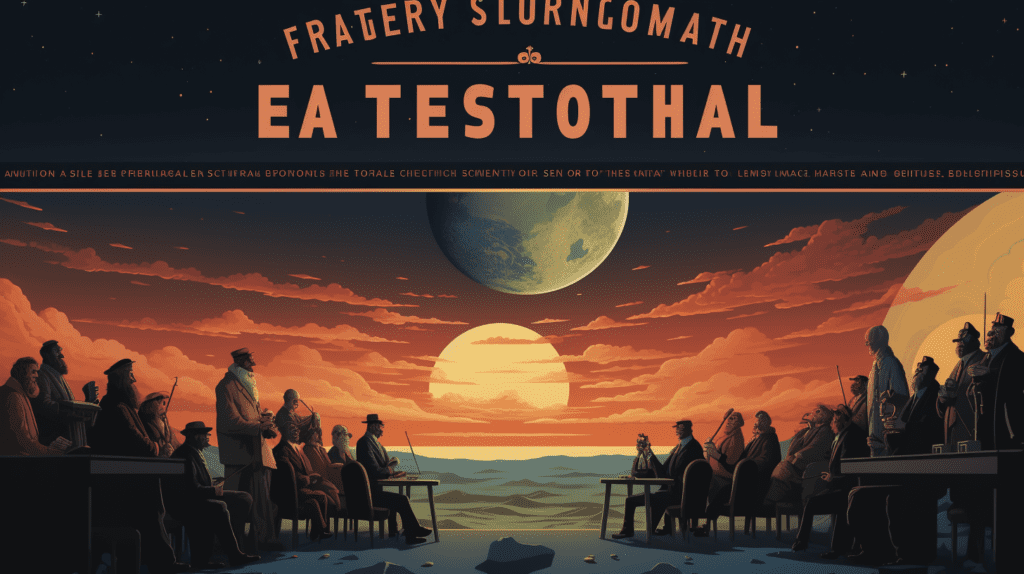The Flat Earth conspiracy theory, which posits that the Earth is flat rather than spherical, is a fascinating example of how ancient beliefs can resurface and influence modern thinking. This theory challenges the fundamental scientific understanding of the Earth’s shape, a concept that has been well-established since the time of the ancient Greeks and further solidified by centuries of astronomical and physical observations.

Origin and Historical Context
The idea of a flat Earth dates back to ancient civilizations, where various cultures had differing perceptions of the Earth’s shape, often influenced by mythology and religious beliefs. The spherical nature of the Earth was first proposed by ancient Greek philosophers like Pythagoras and later substantiated by Aristotle and Eratosthenes. Despite these early scientific assertions, flat Earth beliefs persisted in various cultures.
Resurgence in Modern Times
The modern Flat Earth theory began to resurface in the 19th century. Notable figures like English writer Samuel Rowbotham, based on his interpretation of biblical passages, argued for a flat, disc-shaped Earth. His work, “Zetetic Astronomy,” became a cornerstone of modern Flat Earth theory.
Contemporary Supporters
Today, the Flat Earth theory is supported by a small but vocal minority. This group includes individuals from various backgrounds, from conspiracy theorists to those skeptical of mainstream science. Organizations like The Flat Earth Society, founded in the mid-20th century, and numerous internet forums and social media groups, have been instrumental in spreading these beliefs in the digital age.

Reasons for Belief
The reasons why people believe in the Flat Earth theory are complex and varied. Some are driven by religious or scriptural interpretations, while others are skeptical of scientific institutions and mainstream media. The rise of social media has also played a significant role, providing a platform for the spread of various conspiracy theories, including the Flat Earth belief. The psychological appeal of being part of a group that “knows the truth” can also be a strong motivator.
Impact on Disinformation and Science Denial
The Flat Earth theory’s resurgence is emblematic of a broader trend in science denial and disinformation in modern culture. It represents a distrust in scientific expertise and institutions, a phenomenon that has been exacerbated by the rise of the internet and social media. This environment allows for the rapid spread of misinformation, where unverified claims can gain traction among communities that are distrustful of conventional sources of knowledge.
Societal and Cultural Implications
The belief in Flat Earth theory has broader implications for how society perceives and engages with scientific information. It highlights the challenges in combating misinformation and the importance of scientific literacy. The proliferation of such beliefs can undermine public understanding of science, with potential impacts on public policy and education.

Conclusion
The Flat Earth conspiracy theory, though widely disproven and rejected by the scientific community, persists as a notable example of how ancient beliefs can be revived and propagated in the modern world. Its existence and persistence underscore the ongoing challenges in promoting scientific literacy and combating misinformation in an increasingly digital world.
In understanding the Flat Earth phenomenon, it’s essential to consider the broader context of why and how such theories gain traction. This involves examining the roles of media, culture, psychology, and education in shaping public understanding of science. Addressing these underlying factors is crucial in mitigating the spread of scientific misinformation and fostering a more informed and rational public discourse.
Comments are closed.